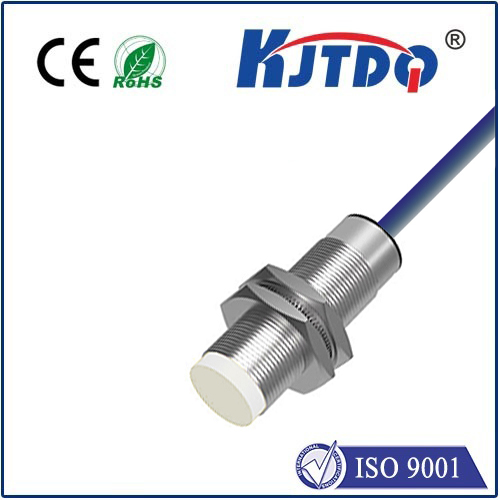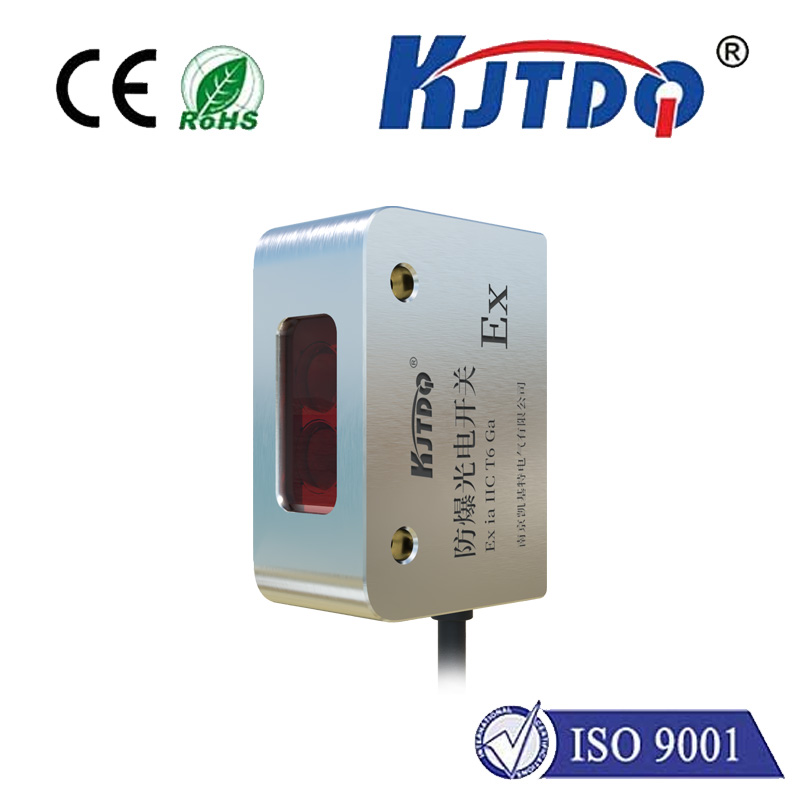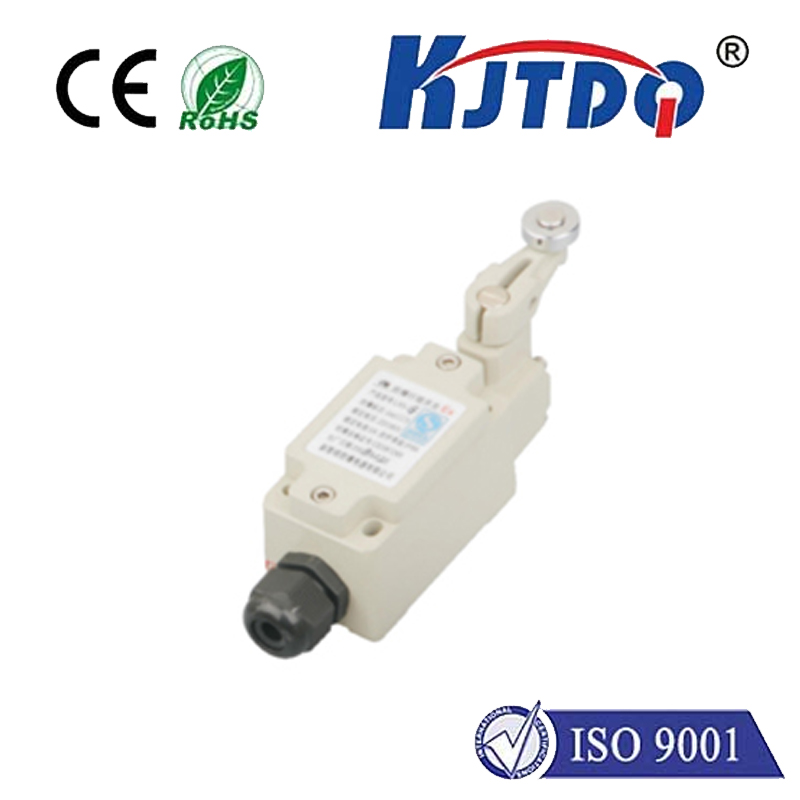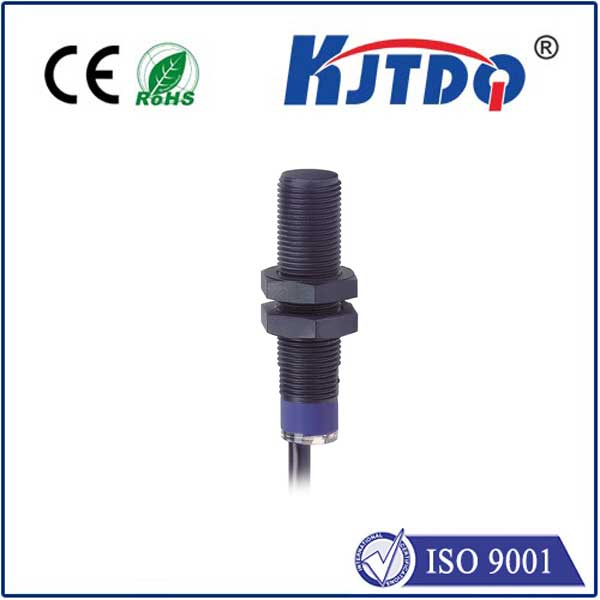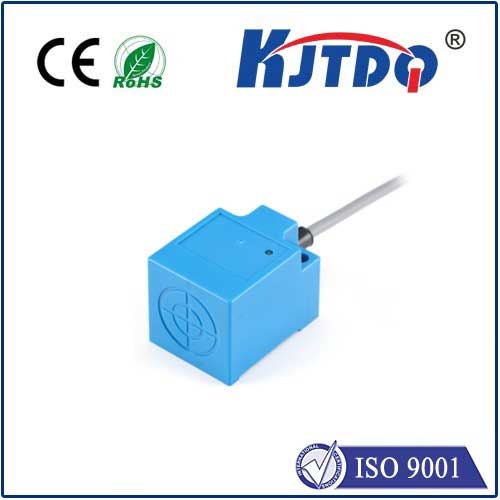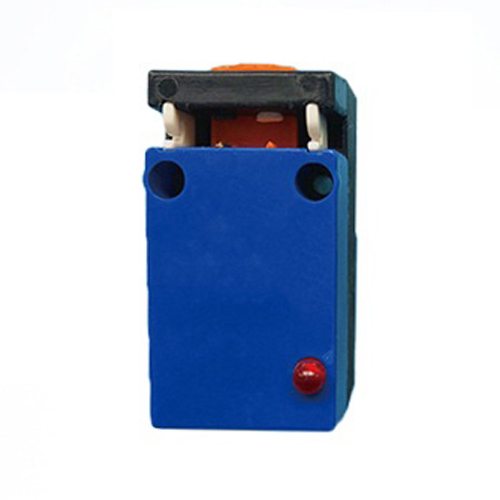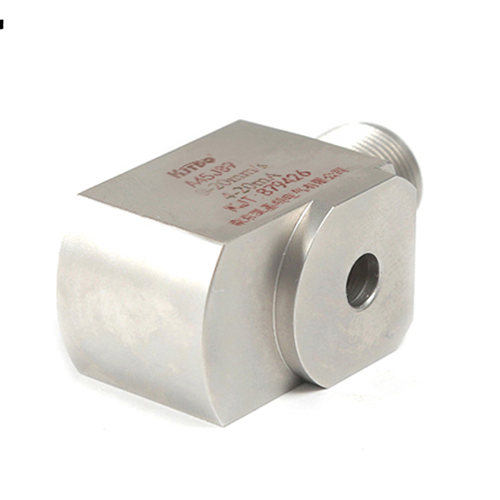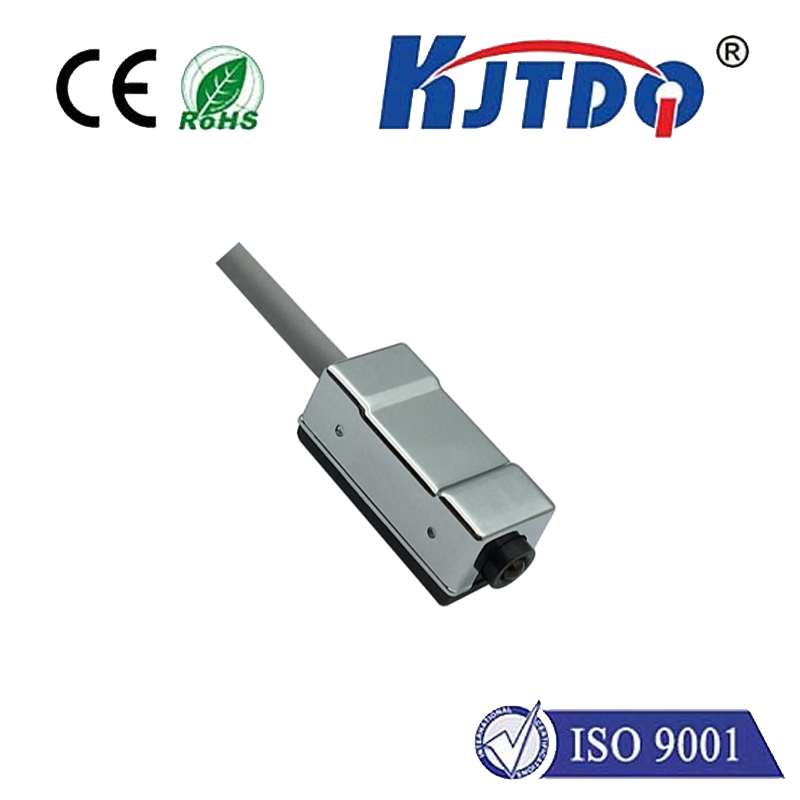

check

check

check

check
While miniature switches abound in low-voltage electronics, demanding industrial environments require a robust solution: the 120v micro switch. This unassuming component is the powerhouse guardian of countless applications, precisely controlling high-voltage circuits within a remarkably compact form factor. Understanding its unique capabilities is crucial for reliability and safety in equipment ranging from heavy machinery to commercial appliances. This guide delves into the world of these vital switches, exploring their design, applications, and critical selection factors.
At its core, a micro switch is defined by its snap-action mechanism. Inside its small casing, a spring-loaded actuator triggers a super-fast, positive switching action at a very specific point of travel – regardless of the speed at which the actuator is pressed or released. This snap-action is fundamental, providing high repeatability, minimizing arcing, and ensuring a crisp electrical connection or disconnection. What elevates the 120v micro switch specifically is its electrical rating. Engineered to handle line voltages commonly found in North American industrial settings and major appliances (like 120V AC), these switches possess enhanced dielectric strength and robust internal construction to manage the higher electrical stresses safely and reliably. This makes them distinctly different from their low-voltage (e.g., 5V, 12V, 24V) counterparts used in consumer electronics.

So, where does a 120v micro switch truly shine? Its unique combination of compact size, high-voltage capability, and mechanical durability makes it indispensable in numerous sectors:
Selecting the right 120v micro switch is not just about voltage. Several critical factors demand consideration to ensure optimal performance and compliance:
Beyond initial selection, ensuring long-term reliability hinges on correct installation and understanding inherent characteristics. Proper mounting is crucial; any flexing or strain on the switch body can lead to premature failure. Respect the operating force and travel differential specifications; exceeding actuator force limits or not allowing for the physical movement differences between actuation and reset can damage the internal mechanism. Be mindful of bounce time, the brief period of intermittent contact when the switch snaps from one state to another, which can require debouncing in sensitive digital circuits.
The 120v micro switch is a testament to engineering efficiency, packing high-voltage switching capability, consistent reliability, and long life into a remarkably small package. Its snap-action principle provides the essential performance backbone for demanding applications across industrial automation, commercial appliances, and beyond. By carefully considering voltage, current, actuator type, environment, and required certifications, engineers and technicians can harness the power of these miniature workhorses to build safer, more reliable, and efficient electrical systems. Understanding their strengths and limitations is key to unlocking their full industrial potential.
